With standards on performance, energy efficiency and safety regulations growing more stringent, HVAC industry insiders are reporting an increase in market interest in third-party testing. There are, however, allegations that some manufacturers and suppliers are either faking or misrepresenting certifications. In light of such claims, we ask: How reliable are third-party certification marks? How can the issue of spurious certification be tackled? And what can be done to stop their misuse?
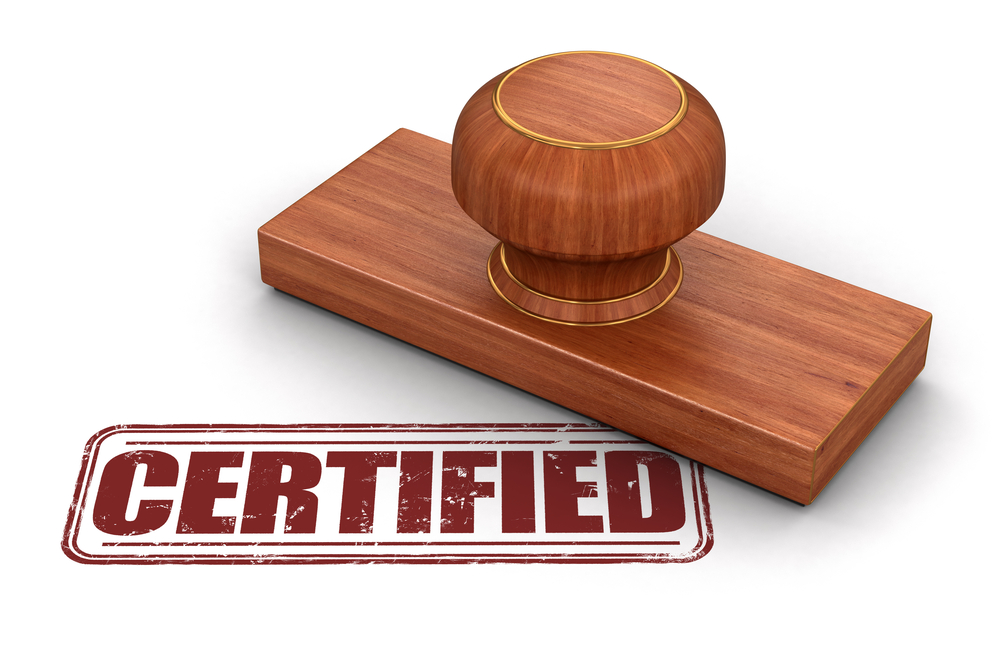
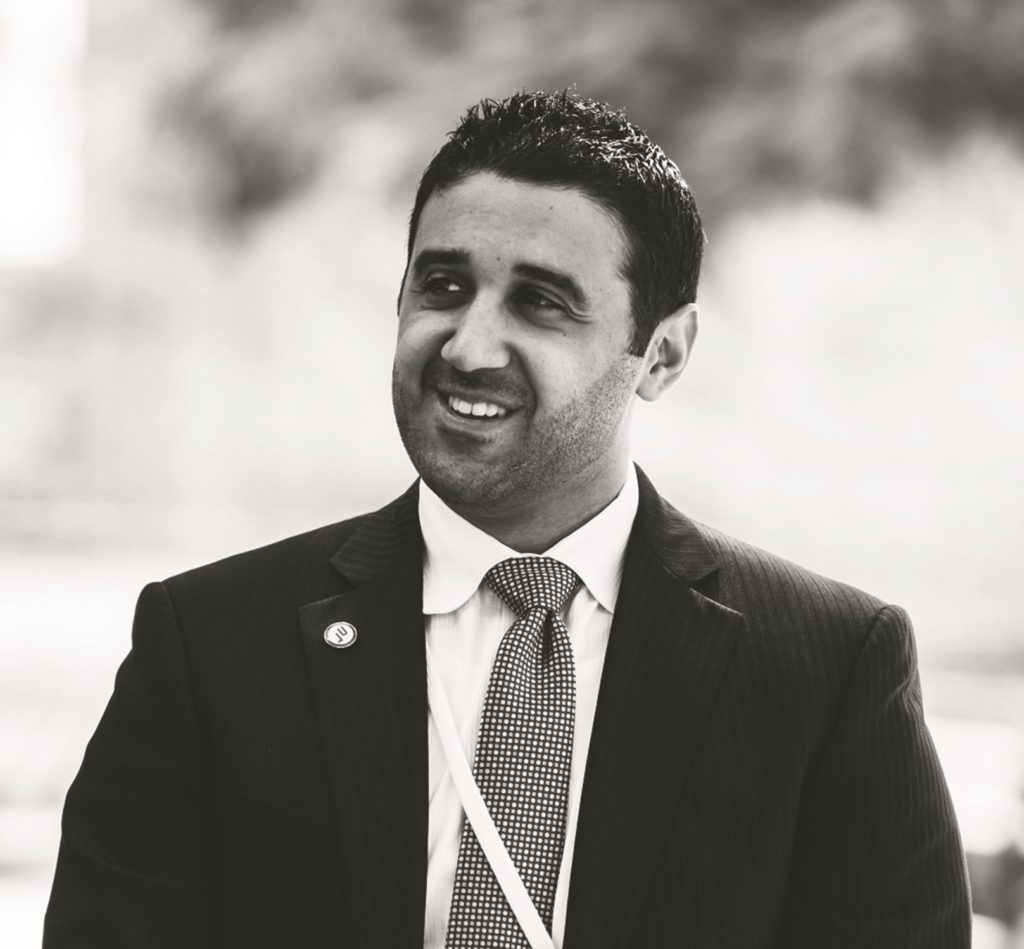
Ahmed Eldidi, Regional Development Manager for the Middle East at UL
Ahmed Eldidi, like nearly everyone else in the industry, has Dubai Expo 2020 on his mind. Seeing as the mega event is only four years away, this is not surprising. Unlike most, though, his thoughts of the Expo are not centred on the amount of business and the number of projects it may bring, not only into the emirate but also into the UAE as a whole, and the rest of the Middle East. He is, in fact, not so much wondering about the coming years, as he is reflecting on the past.
“Did you know that UL was established in 1894?” Eldidi, who is the Regional Development Manager for the Middle East at UL, an independent safety certification company, asks before adding: “But, really, I guess you could say that we started at the Chicago World’s Fair or the 1893 World Expo – the same one we’re having in Dubai in 2020.”
His supposition is not without basis, as historical accounts show that William Henry Merrill was employed at the fair to check the safety of its Palace of Electricity. The year after the Chicago event, the electrical engineer founded UL. Eldidi maintains that the connection between Merrill’s work at the fair and his founding of the safety organisation cannot be denied. He further supports his claim by sharing the information that a group of insurance companies were behind Merrill’s appointment at the fair, hence the name Underwriters Laboratories, or UL.
UL certifies dampers according to specific sizes, but we’ve seen some in the industry put the stickers on the wrong sizes
Interesting piece of trivia about the company, for sure, but why the trip to the past?
By way of explanation, Eldidi says: “We have been in business for over 120 years, and we are a three-billion-dollar company. But we are a service provider, not a product manufacturer. Our brand is our most valuable – if not our only – asset. If we lose the essence and the integrity of the UL brand, then we lose our business. So we take it seriously. It’s not a joke to us.”
Rumours or facts?
By “it”, Eldidi means the allegation that some manufacturers or suppliers are misusing third-party certification marks – an issue that was brought to the attention of Climate Control Middle East at last year’s The Big 5 Dubai by top executives from a European manufacturing company. It was, of course, not the first time the magazine was hearing about the practice. Rumours of certifications being misused or even downright falsified have been circulating around the industry for years. The rumours, it seems, are not unfounded.
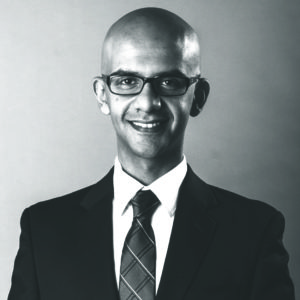
Majed Almejmaj, Senior Fire Engineer at BuroHappold Engineering
Asked if he has noticed the practice being carried out in the region, Majed Almejmaj, Senior Fire Engineer at BuroHappold Engineering, answers with an emphatic “yes”, before elaborating: “Are products with fake labels available in the market? Absolutely.”
Saad Ali, meanwhile, says that “counterfeiting of labels has been rife since 2009 or 2010”. The VP and Group General Manager of Ruskin Titus Gulf points out, however, that the issue is not limited to counterfeits. “There are manufactures or OEMs who deliberately mislead the customers,” Ali says. When pressed for details, he cites the sizing of dampers as an example. “UL certifies dampers according to specific sizes, but we’ve seen some in the industry put the stickers on the wrong sizes. That happens a lot, but customers are not aware of it.”
Keeping watch
The customers may be unaware, but Eldidi wants to make it clear that UL certainly knows what’s happening and that it has taken steps to address the problem. “UL has three groups that address different points,” he says. “We have our global security and brand protection division, which looks specifically into counterfeits. They deal with manufacturers who do not have any relationship with UL, be it testing or certification, but still use the UL mark on their products. In other instances though, we have manufacturers who do have a relationship with UL, but only for a particular product or model, and yet they use the UL mark across multiple models that have not been tested or certified.”
Because authorities are introducing tougher standards on performance and safety, non-certified manufacturers are having a harder time competing in the market
Cases belonging to the latter, Eldidi reveals, are handled by the company’s market surveillance group. “The group goes into the market and looks at products on the shelf,” he says. “And because those involved are already our customers, we notify them immediately that they can only use the UL mark on the model that has been tested, and they are issued a warning letter. If we continue to see that particular behaviour, we blacklist them and remove their listing even on the certified products. It all goes through the legal route.”
Moving on to the last of the three groups, Eldidi says that a UL follow-up services group conducts factory visits and inspections to ensure consistency in the production line and compliance not only with UL’s guidelines but also with regulations. Describing the group’s role as being, perhaps, the most difficult, he explains: “It’s about existing customers who have listing for products that need to comply with regulations. For instance, there might be a particular rating or safety requirement for the model that they have a listing for, but they might do something different during production, like develop a larger model for the same range that we’ve certified. We want to make sure that the labels issued by our labelling centre are used on products that meet not just our testing and certification guidelines but also the regulations that have been set by authorities.”
One way that UL is reportedly doing this is by working with regulators and seeing to it that they understand the UL system and the certification and testing requirements. Sharing details, Eldidi adds: “We have a very close relationship with most of our stakeholders, especially the authorities who are responsible for approving the products we certify. For HVAC in the UAE, it would be ESMA. We have full-time staff based out of ESMA. We are closely working with them on all those three programmes, and when a UL manufacturer comes to us about their listed products, we go to ESMA and explain what exactly has been certified and what is not. We also work with the UAE Civil Defence and the Abu Dhabi Quality and Conformity Council, as well as SASO (Saudi Standards, Quality and Metrology Organization) and CPA (Consumer Protection Association) in Saudi Arabia, among other regulatory bodies in the Middle East.”
On record

Felix Van Eyken, Secretary General of Eurovent
Like UL, Eurovent is also all too familiar with the issue of certification misuse, with reports often coming to them from existing clients. “What usually happens is that legitimate participants of our certifications programmes come to us with the information that there are false claims being made by companies not listed on our website,” says Felix Van Eyken, Secretary General of Eurovent. “Once verified, the information about the company that has been cheating is then published and [the information] made public.”
Adding to Van Eyken’s statement, Morten Schmelzer, the company’s Director for Business Development and Strategic Relations, says that Eurovent-certified players in the region “keep their eyes on who’s offering what”. He adds, “If someone is offering something that is actually not Eurovent-certified, they notify us.”
The weak spots
UL and Eurovent may be aware of the issue of certification abuse and have various measures in place that look into it, but industry insiders stress that the problem is bigger than it may seem, as it has taken on different forms over the years. To give an example, Almejmaj relates how in one of the projects he’s worked on, he and the rest of the team found out that the certification of their supply of fire dampers had long expired. But how did it get past them in the first place? Is it normal practice in the industry to accept certification labels at face value?
We always try to target consultants, because we understand that they are the soldiers on the ground. They, in a way, drive the enforcement of regulations
While he acknowledges that it is common, Almejmaj expresses hesitation to accept it as normal practice, saying: “You have to make sure that the certificate is valid and that the product the supplier is providing is the exact same product that was certified – same materials, same construction methods, same size, etc. If there were changes, then it needs to be recertified. And if recertification is required, then you need to make sure that it has been done by checking the certificates. In our case, when we requested for the certificate, we saw that it had an expiration date, and when we asked them for the recertification document, they claimed that nothing was changed and so they had chosen not to recertify.”
While he clarifies that he did not mean that “the fire dampers would not have worked as they were”, he maintains that those involved in the project chose to err on the side of caution, for there was nothing to guarantee that the products they’d been given were of the same quality as the original mentioned in the certificate. He says that in the end, the situation created quite a big issue and pushed the supplier to go through recertification.
The rent-a-certificate dealers and fly-by-night operators
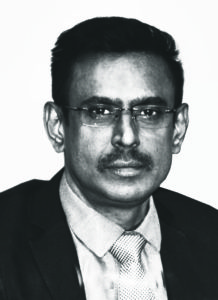
Sriram CMP, Director of Betec Cad Industries
Identifying another variation on the problem, Sriram CMP, Director of Betec Cad Industries, reveals that there are instances of certifications being “rented out”. He elaborates: “There are copycat companies who are only interested in making money for a short period of time. What they do is instead of investing in their own R&D, they enter into an arrangement with certified manufacturers, whereby these copycat parties ‘lease’ the certification for a particular product.”
Describing the practice as “quite complicated”, Sriram claims that the “copycat” companies are supported by the original manufacturers. The latter allegedly provide the former with the raw materials and anything else that is needed to manufacture the certified product. Despite the original manufacturer taking responsibility for the “copycat” operations, Sriram insists that the situation is not as harmless as it appears to be. “Unqualified companies should not be allowed to manufacture critical products, because even the most seemingly minor part of the manufacturing process could play a major role in the product’s performance, such as how it performs in high temperatures or during a fire,” he says. He further points out that since HVAC systems are intended for long-term use in buildings, and not items meant to be discarded after just a year or two, people should think twice before buying from companies that “will manufacture for a few months or years, while there is a boom in demand, but who will then close their companies and get out once the boom is over”.
A matter of ethics
Going by the scenarios painted by Sriram and Almejmaj, it would seem that the problem has certainly become more complex, but what is driving the misuse of certifications? Is it money?
Saying that money is, indeed, a big factor, Eldidi refers to counterfeiting as “one of the most profitable” businesses in the world, before expounding: “It’s a new trend in international crime, because in terms of punishment and legislation, it’s not as big a risk for felons as other illegal activities. With commercial crimes like counterfeiting, they’ll probably just end up with a very small fine to pay. Now, compare that with the risks they’re taking when they go into the business of drugs or human trafficking. Like I said, counterfeiting is relatively low risk and also very profitable.”
Still on the topic of profits, Eldidi also cites market competition as another factor behind the practice. “Because authorities are introducing tougher standards on performance and safety, non-certified manufacturers are having a harder time competing in the market,” he says. “And since they regard certification as a cost that will eat into their margins, they just go and say, ‘Okay, we’ll slap a mark on it; counterfeit a piece of paper and hope that no one finds out’. But those same standards and legislations that are making it hard for them to compete, will eventually make it also difficult for them to falsify certifications.”

Gaurav Bhatnagar, Regional Marketing Manager of Armacell
While he agrees with Eldidi that competition and profit-making are factors behind certification misuse, Gaurav Bhatnagar offers a slightly different perspective. “It’s all about ethics,” says the Regional Marketing Manager of Armacell. “If everyone in the industry were ethically responsible, this issue will not be this bad. But you have clients putting the pressure on the contractors to value engineer – to cut corners in order to cut costs – and the contractors in turn, put the pressure on manufacturers. So what do some manufacturers do?”
Rather than wait for a response, Bhatnagar gives the answer himself: They find ways to circumvent the proper testing and certification process but still get the commercial benefits.
Possible solutions
The app will tell you which damper that certification code belongs to; what its brand, model and size are
Considering the complexity and size of the problem, is there anything more that can be done, other than what UL, Eurovent and other stakeholders are already doing? “It’s impossible; they won’t be able to do that,” Almejmaj says, when asked if he thinks certification bodies should be made responsible to monitor the market 24/7. “This is an issue that has to involve everyone in the community. It can’t just be UL or the Civil Defence or the UAE government, or even just the consultants or contractors alone. Everyone needs to get on board and commit to using appropriate equipment and to verifying claims made by manufacturers.”
Bhatnagar and Sriram, too, think that every stakeholder must get involved in the process of curbing the misuse of certification marks. Bhatnagar, however, suggests that certification bodies conduct project-site inspections and “take stricter action in terms of blacklisting” erring manufacturers. Sriram, on the other hand, is of the opinion that consultants, in particular, should be more responsible when it comes to sourcing certified products.
Sriram is not the only one who thinks consultants should be alert. Eldidi, talking about measures that UL has in place to combat counterfeiters, reveals: “UL conducts regular educational seminars, and we always try to target consultants, because we understand that they are the soldiers on the ground. They, in a way, drive the enforcement of regulations. The government can enforce up to a certain level, but what happens in construction sites is really up to the consultants.”
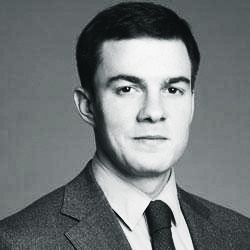
Morten Schmelzer, Director for Business Development and Strategic Relations at Eurovent
Apart from stressing the role of consultants, Eldidi adds that the seminars UL conducts are free for all interested stakeholders, and that the company is always open to the industry. “In fact, they don’t have to wait for a seminar to come to us,” he says. “Whenever they have a question about a guideline or a product, they can contact UL any time, and we’ll be more than happy to coach or advise or train them.”
This professed open-door policy towards the industry is shared by Eurovent, who, as per Schmelzer, has long made it their policy to engage with their customers. “But we’ve also made it very easy for them to verify on their own if a product is certified or not,” he says. “They just need to go to our website. If the product is not listed on our website, then it’s not certified. And the listing is available for everyone.”
The same is true for UL-listed products. “All the information is on our website,” says Eldidi.
Plugging the gaps
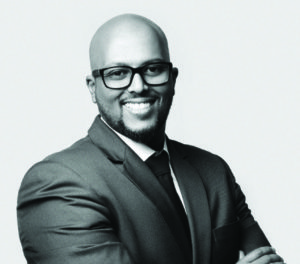
Saad Ali, VP and Group General Manager, Ruskin Titus Gulf
For Ali, however, making the list of certified products and manufacturers available online does not automatically ease the burden on the customers. “It can be a time-consuming thing that customers have to go through,” he says. “It can even be painful for customers who don’t know how to go about checking certifications or what exactly they’re about. So there’s a need for certification bodies to educate the industry.”
Education and awareness are particularly important, considering how the problem has birthed a host of other issues, Ali says, adding: “Like I said, it’s not only about counterfeiting or falsifying marks or labels. There’s miscommunication and the deliberate misleading of customers. All of those have to stop, and that will only happen if we have a strong presence here of AMCA, AHRI, UL and all those bodies that control or oversee the HVAC industry. They all have to put their heads together and come up with effective ways to spread awareness and, at the same time, correct wrong information or debunk myths about certifications.”
Prodded to suggest one such effective way, Ali voices his support for the idea of holding seminars and meetings that will be attended by different HVAC stakeholders. “This subject is too big for an interview,” he says. “This needs to involve a discussion panel. In fact, this is probably going to be a three-day seminar.” He goes on to explain that it has to be three days, because there are “too many loopholes” that need to be closed – something that he doesn’t believe can be managed in just one day.
Apart from his firm belief that a discussion on the issue must be prioritised, Ali does have another suggestion on what the industry can do to address the problem: “I think an app that can screen any product, anywhere in the world – an app that can easily subject any product bearing a certification mark to a test would be really useful. The certification sticker or label could have some kind of bar code, and that code could then be run through the app, which would tell you the complete details about the certified product. For example, if it’s a damper, it will tell you which damper that certification code belongs to; what its brand, model and size are.”
Admitting that developing the kind of app that he’s thinking about is an investment that somebody has to make, he says: “Who that is I don’t know, but I think with the number of products that people look at and the amount of construction that’s happening in the Middle East, it’s a small investment to ensure that people are protected from possible harm that could come from being misled into using uncertified and untested products.”
(The writer is the Assistant Editor of Climate Control Middle East)
Copyright © 2006-2025 - CPI Industry. All rights reserved.